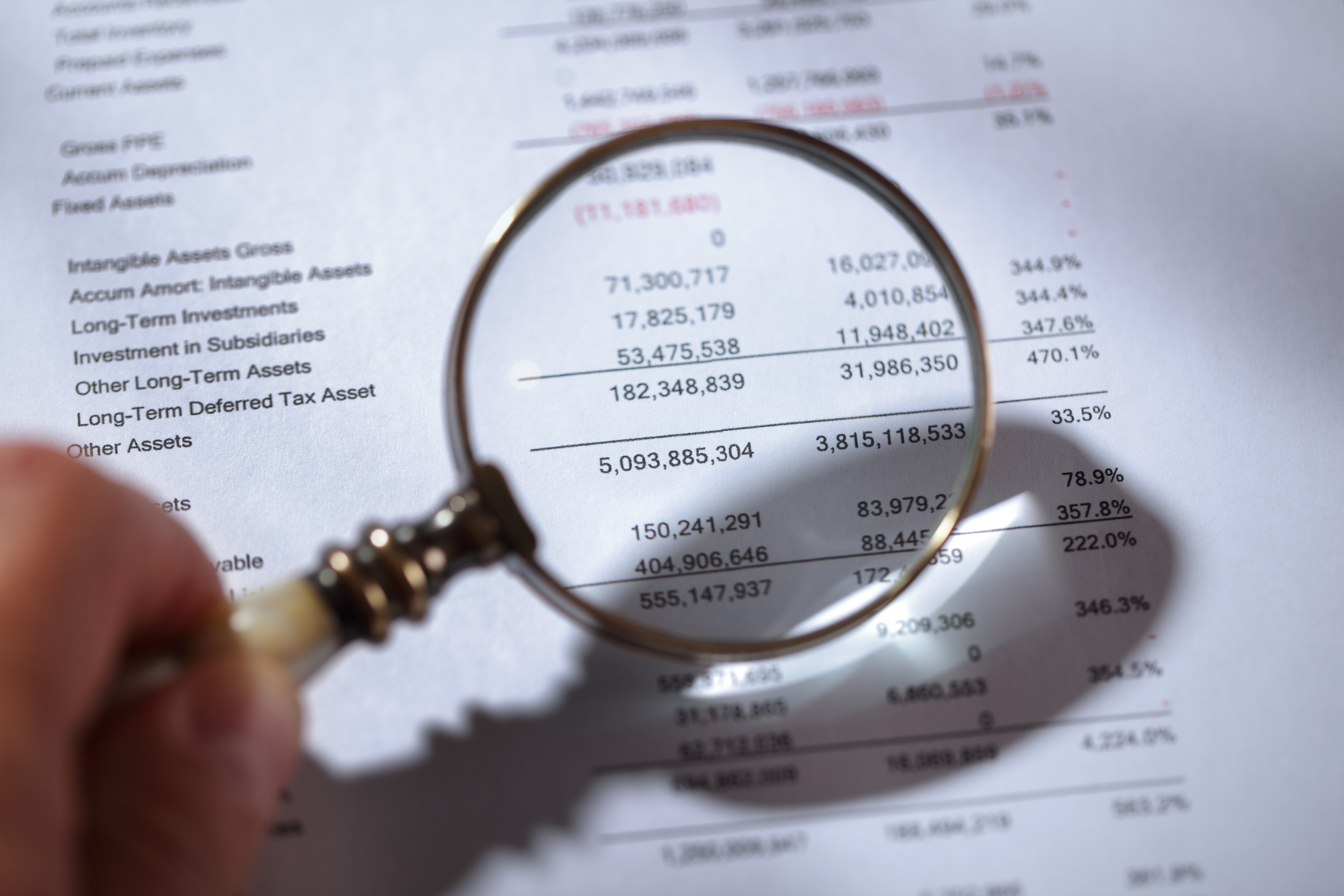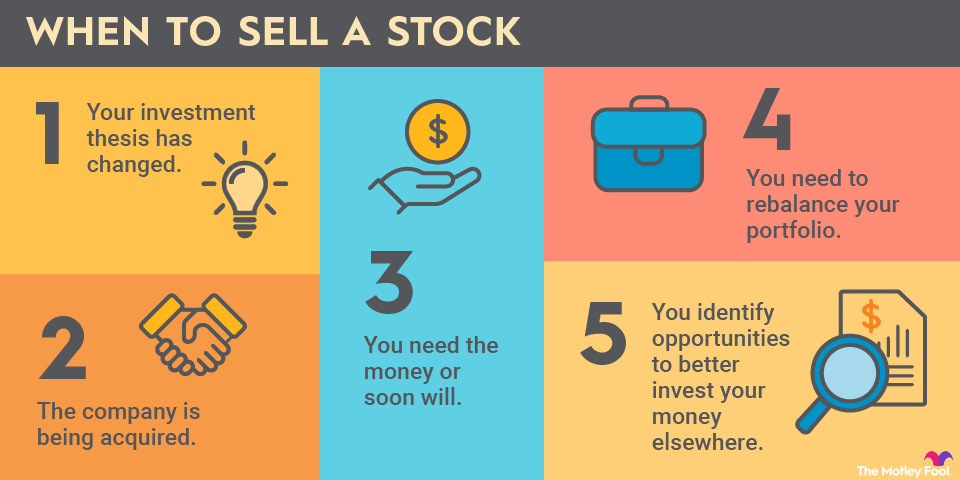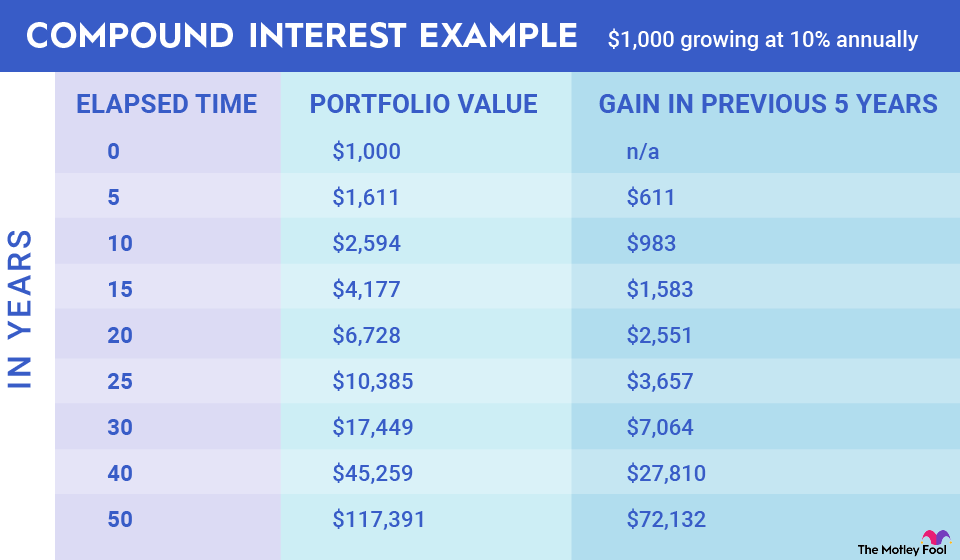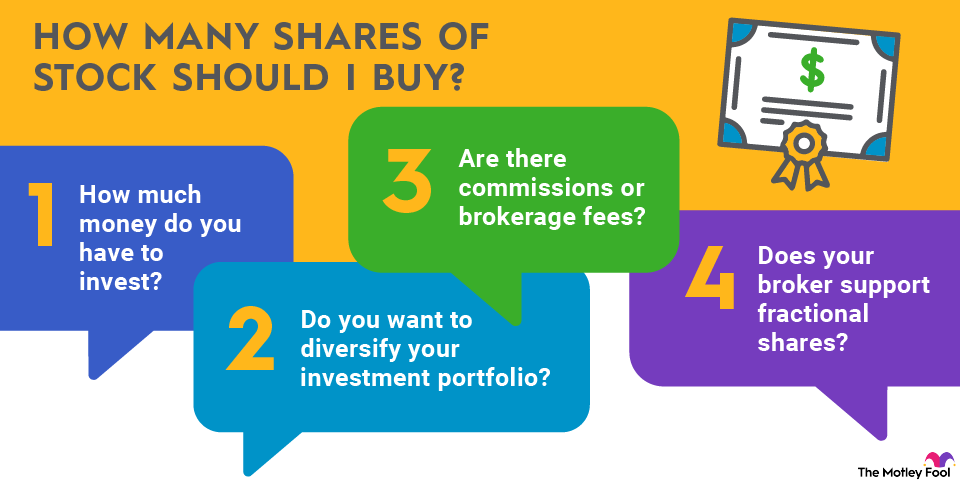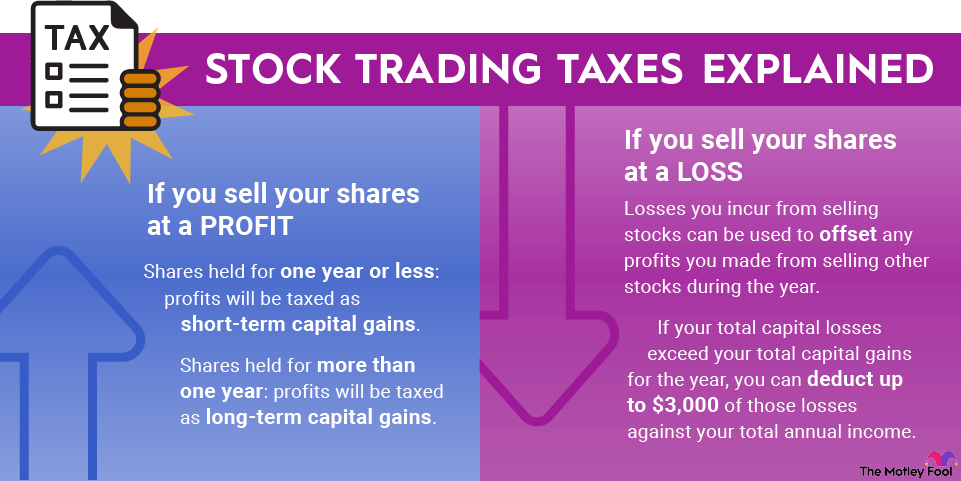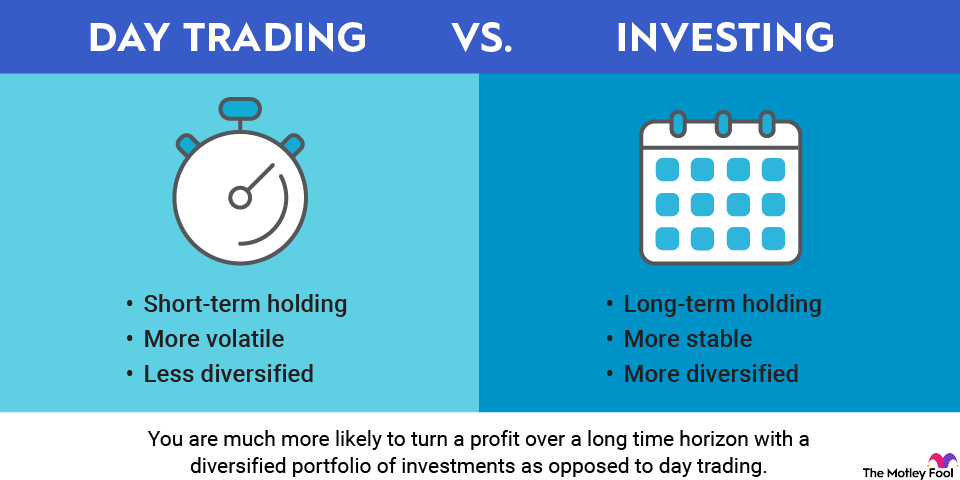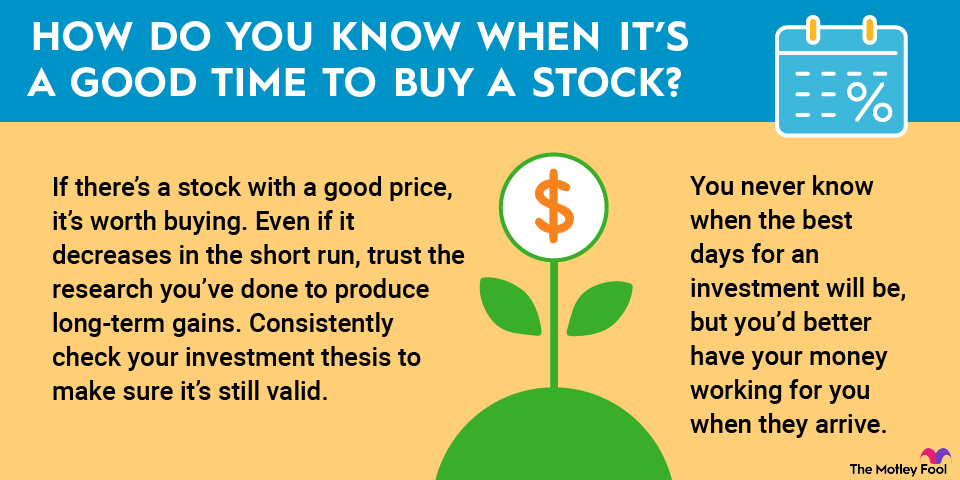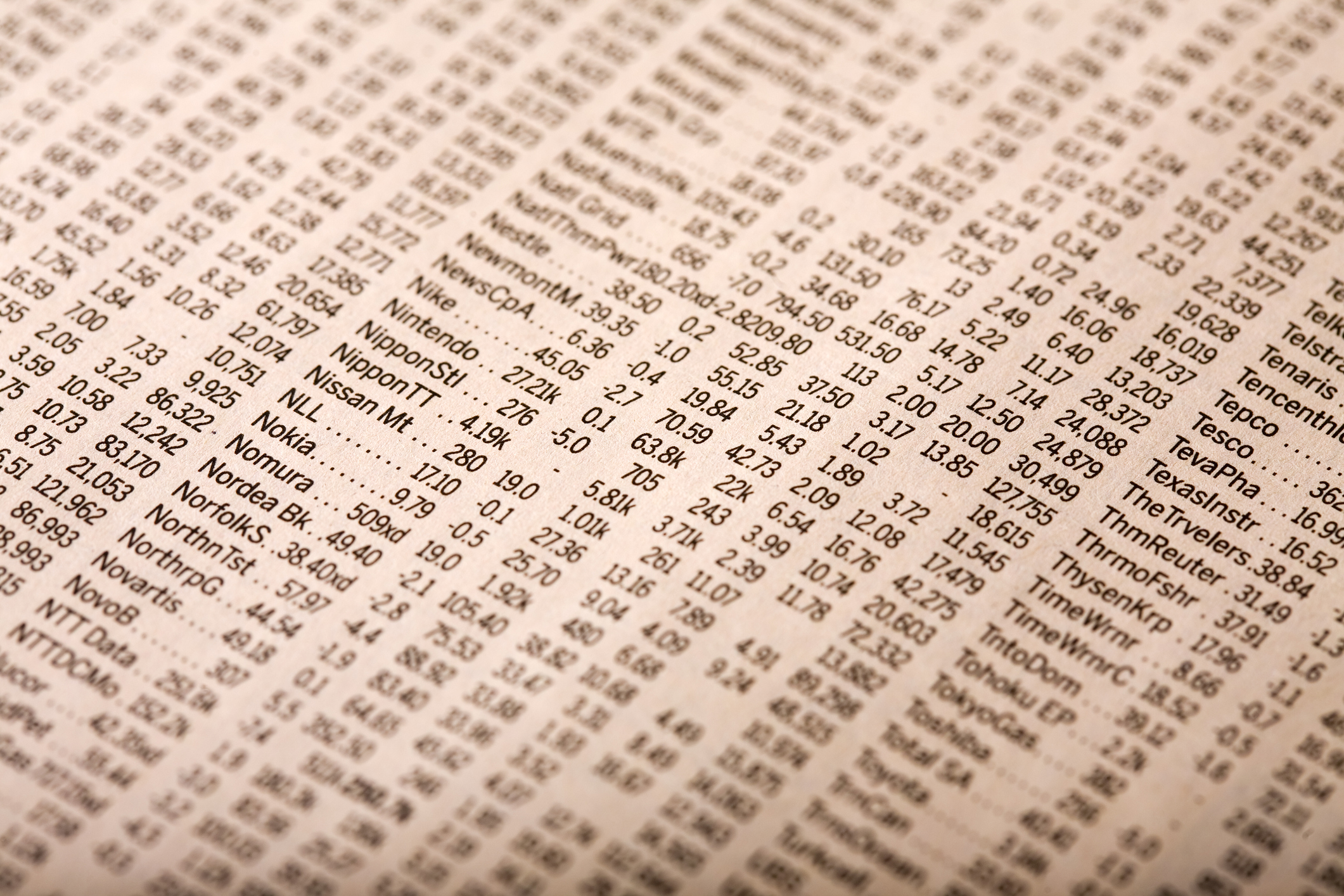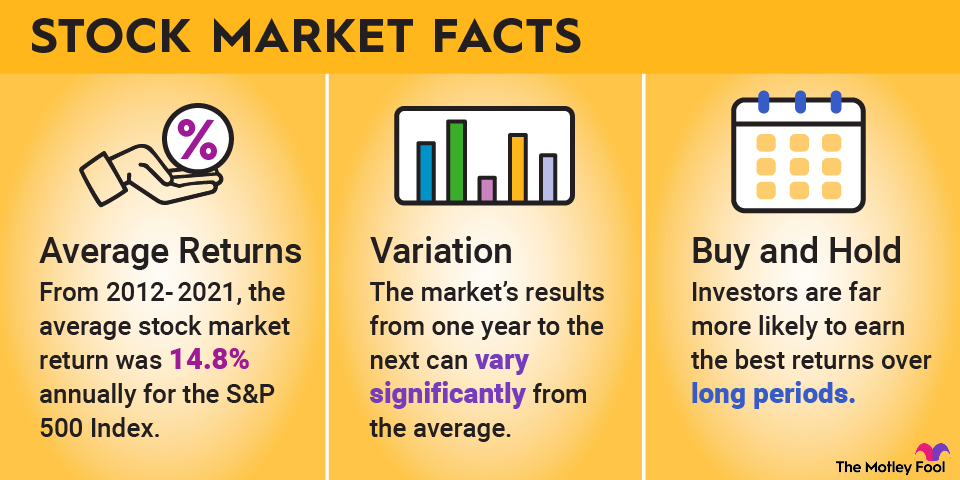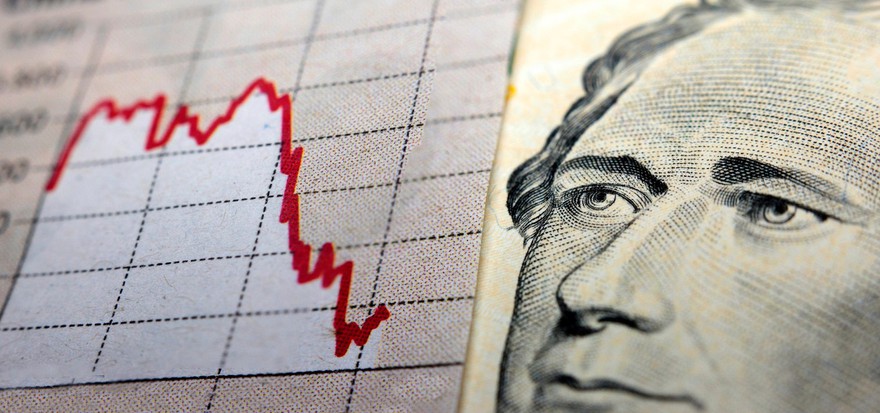Google is, by far, the most widely used search engine in the world. It is also the parent company of some of the most popular tools and platforms worldwide, including YouTube, Gmail, and the Android mobile operating system.
In this article, we'll dive into the ownership structure of Google, its largest investors, and how you can put your money to work in Google as an investor.

NASDAQ: GOOGL
Key Data Points
Who is the owner of Google?
The short answer is that Google is a subsidiary of Alphabet (GOOG -0.00%)(GOOGL -0.08%). Alphabet is a publicly traded company that is owned by its shareholders.
For the longer version, Google is actually a broad collection of businesses, which is itself split into two segments: Google Services and Google Cloud.
Google Services includes most of the consumer-facing businesses. It includes the dominant Google Search platform, as well as YouTube, Google Play, Android, Chrome, Gmail, Google Maps, and many others. Google Cloud includes the cloud infrastructure business that competes with Amazon Web Services (AMZN +0.10%) and Microsoft Azure (MSFT +0.28%).
In addition to the Google subsidiaries, Alphabet has another business segment called Other Bets, which includes several early-stage startups the company has acquired over the years. The most well-known example is the Waymo self-driving vehicle startup, but there are several others.
Who is on the board of directors for Google?
Alphabet has a board of directors with 10 members.
Name | Role | Director Since |
|---|---|---|
Larry Page | Co-founder | 1998 |
Sergey Brin | Co-founder | 1998 |
Sundar Pichai | Chief Executive Officer, Alphabet and Google | 2017 |
Frances Arnold | Independent Director | 2019 |
John L. Hennessy | Chair | 2004 |
R. Martin "Marty" Chávez | Independent Director | 2022 |
L. John Doerr | Independent Director | 1999 |
Roger W. Ferguson Jr. | Independent Director | 2016 |
K. Ram Shriram | Independent Director | 1998 |
Robin L. Washington | Independent Director | 2019 |
Related investing topics
How to invest in Google
Google (Alphabet) is a publicly traded company with shares listed on the Nasdaq Stock Exchange, so, anyone with a brokerage account can invest in the company by following these steps.
- Open your brokerage account: Log in to your brokerage account where you handle your investments.
- Search for the stock: Enter the ticker or company name into the search bar to bring up the stock's trading page.
- Decide how many shares to buy: Consider your investment goals and how much of your portfolio you want to allocate to this stock.
- Select order type: Choose between a market order to buy at the current price or a limit order to specify the maximum price you're willing to pay.
- Submit your order: Confirm the details and submit your buy order.
- Review your purchase: Check your portfolio to ensure your order was filled as expected and adjust your investment strategy accordingly.
It's worth noting that there are three different classes of Alphabet stock (Class A, Class B, and Class C). Class A and C shares are publicly traded under the symbols GOOGL and GOOG, respectively. Class B shares are not publicly traded and are owned by company insiders. The biggest difference between the two publicly available share classes is that Class A (GOOGL) shares have company voting rights, while Class C (GOOG) shares don't.
For most individuals, the ability to vote in company elections isn't an issue. And that's especially true here since co-founders Larry Page and Sergey Brin hold a voting majority due to their super-voting Class B shares. GOOGL shares trade for a tiny premium to their GOOG counterparts, but all three share classes represent the exact same economic interest in the business.





